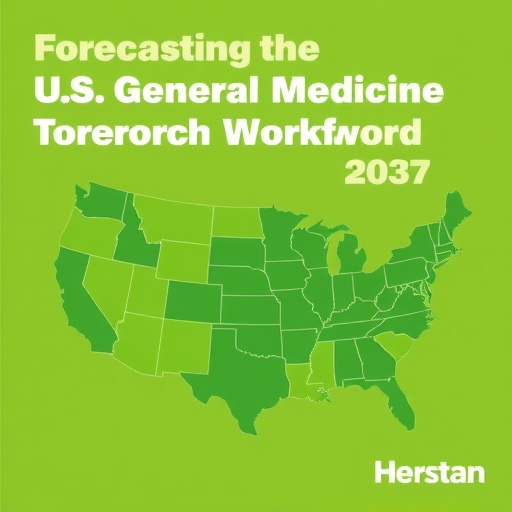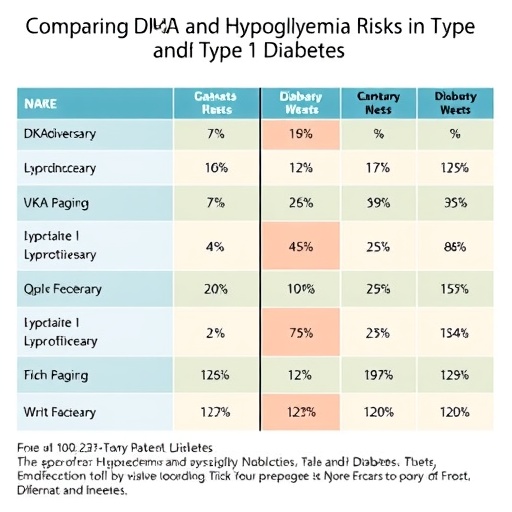In a groundbreaking study that challenges the conventional understanding of Alzheimer’s disease (AD), researchers have identified a novel link between tactile sensory deficits and cognitive decline, mediated through Tau pathology in the spinal cord. While previous investigations have predominantly focused on brain-centered mechanisms in AD, this innovative work illuminates how dysfunction within spinal cord neurons can profoundly affect both sensory perception and higher cognitive functions. This discovery not only broadens the pathological landscape of AD but also suggests potential new avenues for early diagnosis and therapeutic intervention aimed at preserving cognitive health.
Alzheimer’s disease, a neurodegenerative condition characterized by progressive memory loss and cognitive impairments, has long been associated with the accumulation of abnormal Tau protein tangles in the brain. Tau pathology is conventionally studied within the cerebral cortex and hippocampus, regions essential for memory and cognition. However, the current research reveals that Tau abnormalities within the spinal cord—specifically affecting a distinct population of neurons expressing cholecystokinin (CCK)—play a critical role in the emergence of tactile deficits. This somatosensory impairment correlates strongly with the progression of cognitive symptoms in AD patients.
The study commenced with clinical observations that individuals diagnosed with AD displayed marked impairments in tactile sensory function. These sensory deficits were not random but exhibited a strong inverse correlation with performance scores on the Montreal Cognitive Assessment (MoCA), a standard measure used to evaluate cognitive abilities in dementia. Moreover, the severity of tactile dysfunction was positively correlated with the burden of Tau pathology, implicating an underlying mechanistic connection. These associations prompted further inquiry into the cellular and molecular events linking Tau accumulation to sensory and cognitive decline.
To explore causality and underlying pathways, researchers turned to a well-established animal model, the 3×Tg AD mouse. Intriguingly, even before overt clinical symptoms emerged—a stage referred to as presymptomatic—these mice exhibited measurable tactile deficits reminiscent of those observed in human AD patients. This finding was pivotal, as it implied that sensory abnormalities could potentially serve as early indicators of disease progression. Investigation into the spinal cord circuitry of these mice uncovered selective vulnerability of CCK-expressing neurons, which exhibited pronounced Tau accumulation.
The cholecystokinin-expressing neurons in the spinal cord have long been recognized for their roles in processing somatosensory signals, including touch and pain. The study revealed that Tau pathology in these neurons triggers aberrant activation of the transcription factor c-Maf, a regulatory protein implicated in neuronal survival and function. This dysregulation compromises the normal activity of CCK neurons, resulting in impaired tactile processing. Notably, the introduction of a mutant form of Tau known as Tau-P301S into these neurons was sufficient to recapitulate tactile deficits, underscoring a direct pathological effect of altered Tau on sensory neurons.
A particularly novel aspect of this research lies in the dual gain- and loss-of-function experimental design. By selectively expressing mutant Tau-P301S in spinal cord CCK neurons, the team was able to induce tactile deficits and concomitant cognitive impairments in model animals. Conversely, targeted silencing of Tau or the transcription factor c-Maf in these neurons restored normal tactile sensation and improved cognitive performance, providing compelling evidence for a causative link. This approach elegantly demonstrated that interventions at the level of spinal cord neurons could modulate broader cognitive outcomes.
These findings redefine the role of sensory systems in neurodegenerative pathology. Traditionally, sensory abnormalities in AD have been considered secondary or peripheral manifestations of central nervous system degeneration. However, the data presented implicate spinal cord sensory circuits as integral components in the pathology of AD, potentially contributing to disease progression rather than merely reflecting its downstream effects. This paradigm shift highlights the importance of including somatosensory evaluations in the clinical assessment and monitoring of AD.
The implications of this study extend into the realm of early diagnosis and therapeutic development. The tactile deficits identified could serve as non-invasive biomarkers allowing clinicians to detect AD progression earlier than conventional cognitive tests permit. This is of particular significance given the current challenges in identifying patients during prodromal stages when therapeutic interventions may be most effective. Furthermore, the molecular targets discovered—specifically Tau and c-Maf within spinal cord CCK neurons—offer promising candidates for intervention aimed at rescuing tactile and cognitive functions.
Moreover, the demonstration that silencing Tau expression or inhibiting c-Maf activity in CCK neurons can reverse tactile deficits and cognitive decline presents exciting therapeutic potential. These molecular manipulations could inspire the development of targeted gene therapies or small-molecule inhibitors designed to preserve neuronal function and connectivity. Importantly, such treatments could complement existing approaches focused on cerebral Tau pathology, thereby offering a more comprehensive therapeutic strategy.
The study further invites a reconsideration of the interconnectedness between sensory processing and higher cognitive functions. Tactile inputs relayed through spinal cord neurons contribute to environmental awareness, attention, and learning. Disruption in these pathways could exacerbate cognitive decline through impaired sensory integration and feedback mechanisms. Therefore, interventions aimed at maintaining tactile function may also support overall neural network integrity and cognitive resilience in AD.
On a broader scale, these discoveries may inspire research into other neurodegenerative diseases where sensory deficits precede or accompany cognitive decline. The role of peripheral and spinal cord pathways has been underappreciated in conditions such as Parkinson’s disease and frontotemporal dementia. This study sets a precedent for investigating similar mechanisms, potentially identifying universal therapeutic targets for a range of disorders.
The use of advanced genetic tools and behavioral assays in the mouse model was critical to the elucidation of this novel pathway. The 3×Tg AD mice serve as an essential platform, replicating human AD pathology at molecular and cellular levels. By integrating molecular biology, electrophysiology, and behavioral neuroscience, the researchers provided a comprehensive understanding of how Tau pathology in spinal cord neurons translates into tactile and cognitive dysfunction.
In conclusion, this pioneering study shifts the paradigm by uncovering a critical link between spinal cord Tau pathology and the dual burden of tactile and cognitive deficits in Alzheimer’s disease. By demonstrating the vulnerability of spinal cord CCK neurons to Tau accumulation and the resultant dysregulation of c-Maf, the research opens new avenues for early diagnosis and therapeutics that target both sensory function and cognition. As we deepen our understanding of the multisystem nature of AD, such discoveries pave the way for more effective interventions that could ultimately improve quality of life for millions worldwide.
This transformative work not only advances scientific knowledge but also emphasizes the importance of a multidisciplinary approach to neurodegenerative diseases. Integrating sensory neuroscience with molecular pathology and cognitive neuroscience provides a richer, more actionable understanding of AD. The identification of peripheral sensory deficits as integral to disease progression revolutionizes clinical perspectives and highlights the promise of targeting sensory circuits as a frontier in combating cognitive decline.
Subject of Research: Alzheimer’s disease, Tau pathology, spinal cord neurons, somatosensory processing, tactile dysfunction, cognitive impairment.
Article Title: Spinal cord Tau pathology induces tactile deficits and cognitive impairment in Alzheimer’s disease via dysregulation of CCK neurons.
Article References:
Zhou, Y., Li, W.L., Liu, Z.Q. et al. Spinal cord Tau pathology induces tactile deficits and cognitive impairment in Alzheimer’s disease via dysregulation of CCK neurons. Nat Neurosci (2025). https://doi.org/10.1038/s41593-025-02137-4
Image Credits: AI Generated
DOI: https://doi.org/10.1038/s41593-025-02137-4
Tags: Alzheimer’s disease researchcholecystokinin neurons in Alzheimer’scognitive decline and sensory perceptionearly diagnosis of Alzheimer’sgroundbreaking studies in neurobiologyneurodegenerative disease mechanismsprogressive memory loss and Tau tanglessensory deficits and cognitionspinal cord neuron dysfunctiontactile sensory impairment in ADTau pathology in spinal cordtherapeutic interventions for cognitive health





